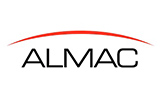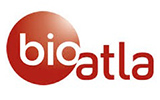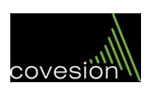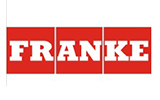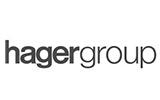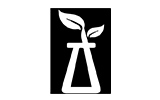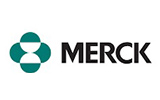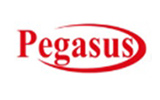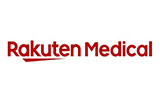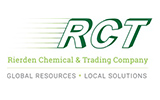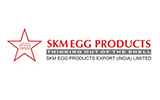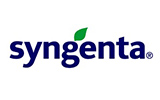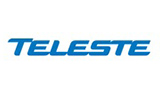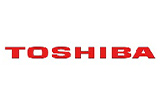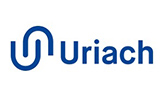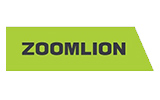TABLE OF CONTENTS
1. INTRODUCTION
1.1. Market Overview
1.2. Market Definition
1.3. Scope of the Study
1.4. Market Segmentation
1.5. Currency
1.6. Assumptions
1.7. Base and Forecast Years Timeline
1.8. Key benefits for the stakeholders
2. RESEARCH METHODOLOGY
2.1. Research Design
2.2. Research Process
2.3. Data Validation
3. EXECUTIVE SUMMARY
3.1. Key Findings
3.2. Analyst View
4. MARKET DYNAMICS
4.1. Market Drivers
4.2. Market Restraints
4.3. Porter's Five Forces Analysis
4.3.1. Bargaining Power of Supplier
4.3.2. Bargaining Power of Buyers
4.3.3. Threat of New Entrants
4.3.4. Threat of Substitutes
4.3.5. Competitive Rivalry in the Industry
4.4. Industry Value Chain Analysis
5. VIETNAM PROBIOTIC SUPPLEMENTS MARKET BY INGREDIENT
5.1. Introduction
5.2. Bacteria
5.3. Yeast
6. VIETNAM PROBIOTIC SUPPLEMENTS MARKET BY TYPE
6.1. Introduction
6.2. Tablets/capsules
6.3. Sachet & Drops
7. VIETNAM PROBIOTIC SUPPLEMENTS MARKET BY END-USER
7.1. Introduction
7.2. Adults
7.3. Kids
8. VIETNAM PROBIOTIC SUPPLEMENTS MARKET BY DISTRIBUTION CHANNEL
8.1. Introduction
8.2. Online
8.3. Offline
9. COMPETITIVE ENVIRONMENT AND ANALYSIS
9.1. Major Players and Strategy Analysis
9.2. Emerging Players and Market Lucrativeness
9.3. Mergers, Acquisitions, Agreements, and Collaborations
9.4. Competitive Dashboard
10. COMPANY PROFILES
10.1. Biogaia
10.2. Reckitt Benckiser LLC
10.3. Procter & Gamble
10.4. Amway Corp.
10.5. Now Foods
10.6. Koninklijke DSM NV
10.7. Chr. Hansen


